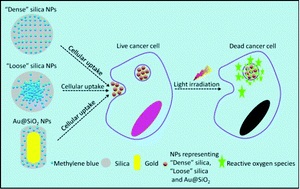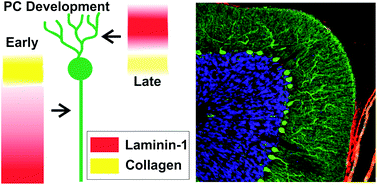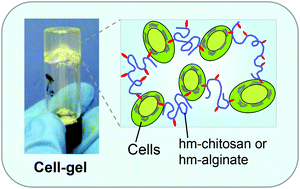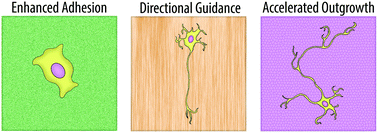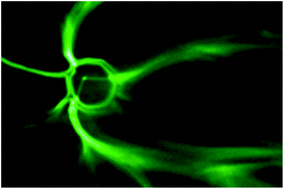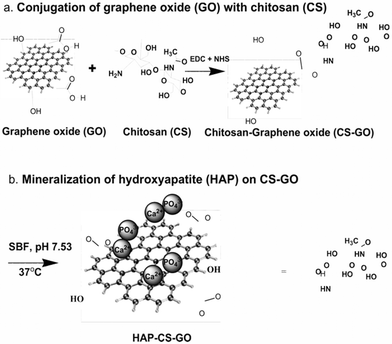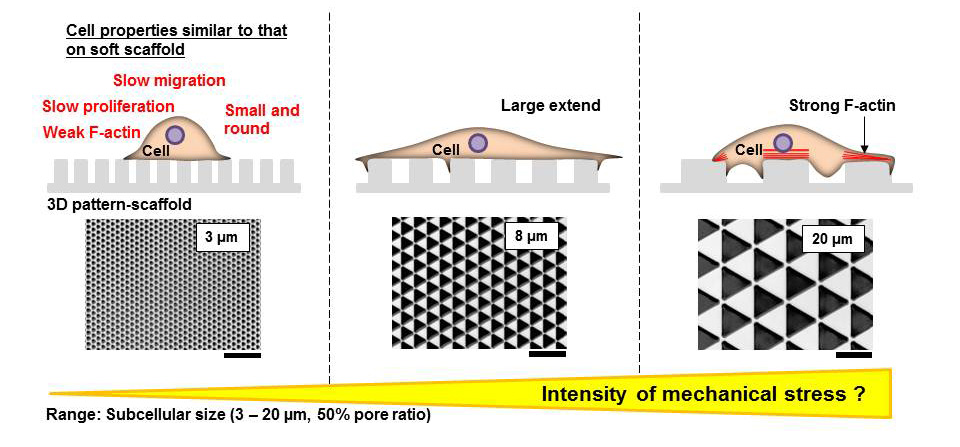This study identifies new surfaces optimized for human pluripotent stem cell expansion using a high-throughput polymer microarray chip.
The biomaterials community is moving toward using high-throughput tools to evaluate cell-material interactions at an unprecedented rate. For instance, polymer microarrays have become popular for identifying candidate surfaces that elicit a desired biological response. Using a single microarray chip, low volumes of polymer solution are deposited in a grid-like format using robotic ink-jet or contact printing. The chip is polymerized to manufacture a polymer microarray. After fabricating the microarray, cells are deposited directly onto the spots of the chip and cultured to determine materials that support a specific cell phenotype.
At the Laboratory of Biophysics and Surface Analysis at the University of Nottingham, Celiz et al. evaluated human pluripotent stem cell growth on a polymer microarray containing 141 varieties of (meth)acrylate and (meth)acrylamide photo-curable polymers. To maximize the diversity of the microarray, monomers containing a variety of nitrogen, fluorine, oxygen, aromatic, and aliphatic side chains were utilized. Monomers were selected on their ability to be photo-polymerized by UV irradiation. The surface chemistry after polymerization was assessed using ToF-SIMS, and water contact angle measurements determined the surface wettability of each spot.
Partial least squares analysis (PLS) was utilized to correlate surface chemistry and wettability to identify surfaces that would yield high human pluripotent stem cell (hPSC) adhesion. Of the 141 surfaces screened in the array, 47 polymers supported hPSC attachment. Interestingly, no relationship was observed between surface wettability and cell adhesion, indicating wettability of a surface is not sufficient to predict hPSC adhesion. PLS analysis subsequently identified correlations between polymer surface chemistry and experimental hPSC adhesion. Additional experiments confirmed that increased protein adsorption on specific polymer spots was a contributor to cell adhesion to the polymer surface.
Collectively, the polymer array developed in this study was able to operate as a high-throughput tool to identify surfaces amenable to hPSC adhesion. Moving forward, polymer microarrays have the potential to identify a broad library of surfaces capable of supporting sustained hPSC growth and pluripotency.
Chemically diverse polymer microarrays and high throughput surface characterization: a method for discovery of materials for stem cell culture
A. D. Celiz, J. G. W. Smith, A. K. Patel, R. Langer, D. G. Anderson, D. A. Barrett, L. E. Young, M. C. Davies, C. Denning and M. R. Alexander
Biomater. Sci., 2014, Advance Article DOI: 10.1039/C4BM00054D
Brian Aguado is currently a Ph.D. Candidate and NSF Fellow in the Biomedical Engineering department at Northwestern University. He holds a B.S. degree in Biomechanical Engineering from Stanford University and a M.S. degree in Biomedical Engineering from Northwestern University. Read more about Brian’s research publications here.
Follow the latest journal news on Twitter @BioMaterSci or go to our Facebook page.












